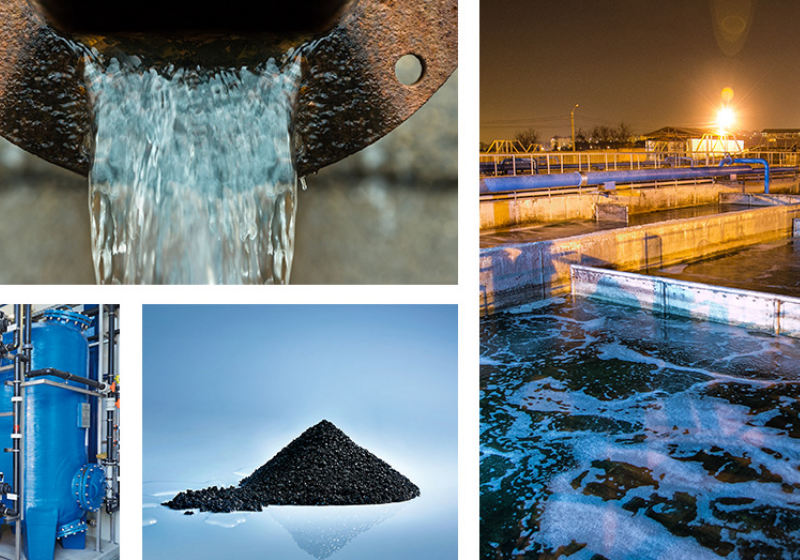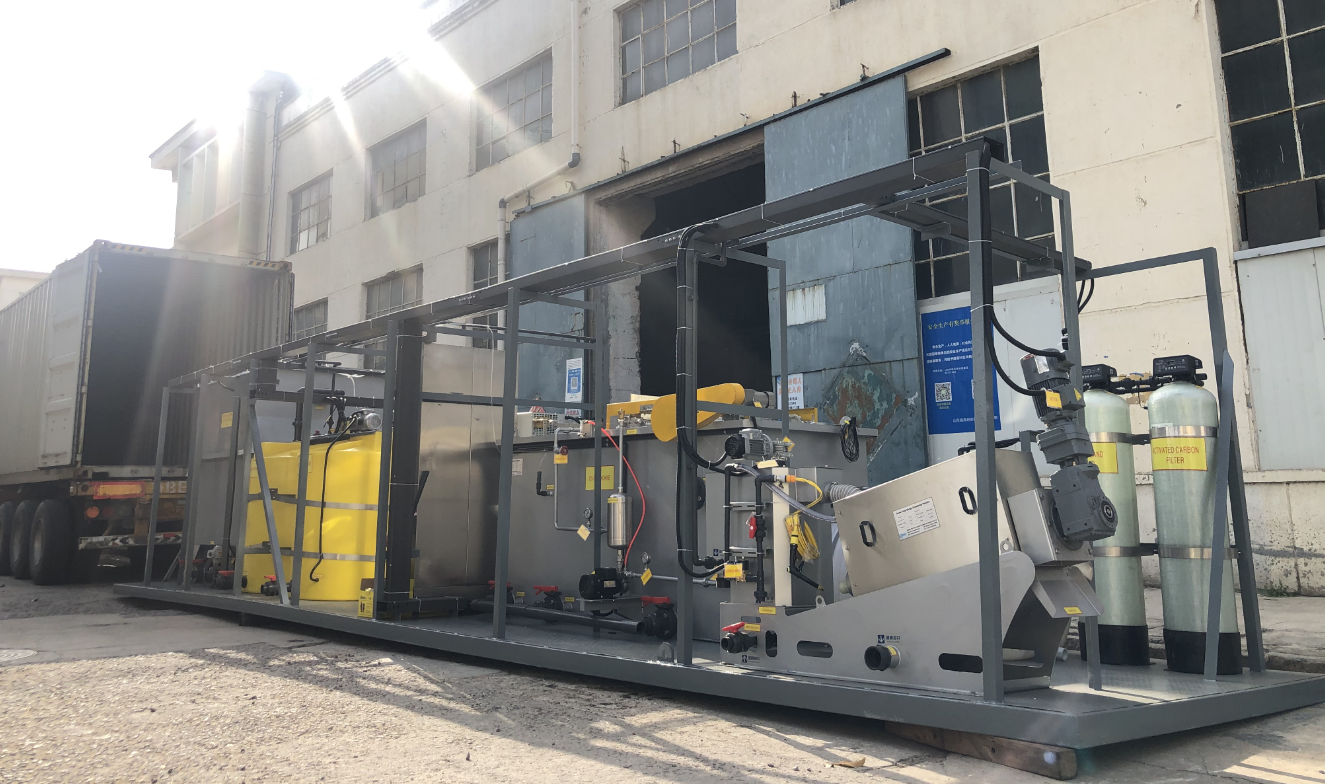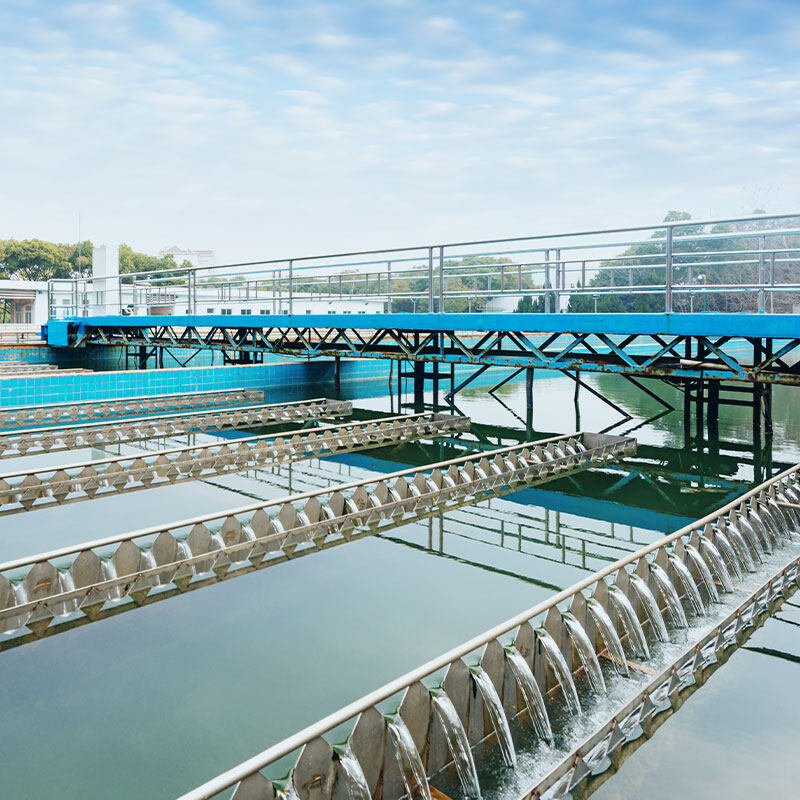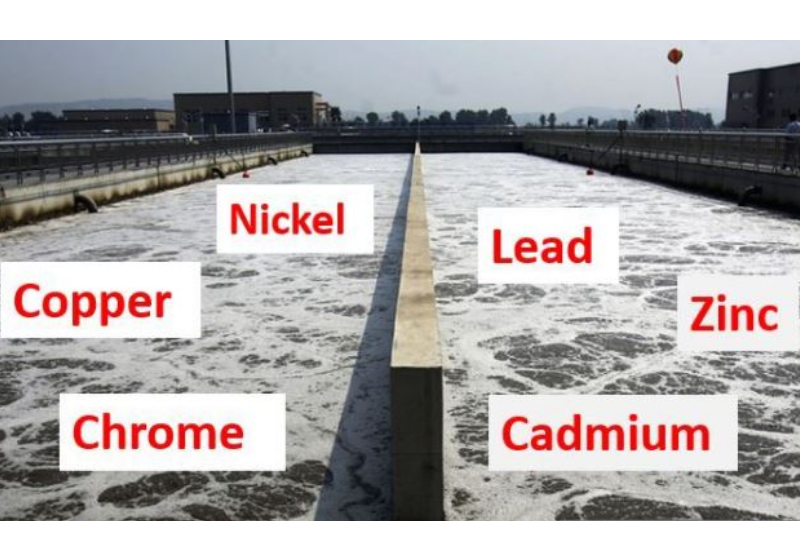Chemical Methods for Heavy Metal Wastewater Treatment
Common heavy metal pollution mainly refers to the environmental pollution of biologically toxic heavy metals such as Mercury, Lead, Cadmium, Chromium, and Arsenic, as well as toxic heavy metals such as Zinc, Copper, Cobalt, Nickel, Tin, Vanadium, etc.
Heavy metal wastewater mainly comes from industrial wastewater discharged by Mines processing, Smelting processing, Electrolysis processing, Electroplating processing, Pesticides processing, Pharmaceuticals processing, Paints processing, Pigments processing, etc.

At present, the methods for treating heavy metal wastewater can be roughly divided into three categories:
- Chemical methods
- Physical method
- Biological method.
Chemical methods mainly include chemical precipitation and electrolysis, which are mainly suitable for the treatment of wastewater containing high concentrations of heavy metal ions.
Chemical Precipitation Method
The principle of chemical precipitation method is to change the dissolved heavy metals in wastewater into insoluble heavy metal compounds through chemical reaction, and remove the precipitates from the aqueous solution through filtration and separation, including neutralization precipitation method, sulfide precipitation method, and ferrite coprecipitation method.
Due to the influence of sedimentation agents and environmental conditions, the effluent concentration of sedimentation methods often does not meet the requirements and further treatment is needed. The generated sediment must be well treated and disposed of, otherwise it will cause secondary pollution.
Electrolysis Method
Electrolysis method utilizes the electrochemical properties of metals, where metal ions can be separated from relatively high concentration solutions during electrolysis and then utilized.
Polymer Ion Trap Method
The polymer ion trap method refers to the removal and separation of lead and cadmium in the wastewater treatment process by adding an appropriate amount of heavy metal trap agent, using the principle of chelating compounds formed when the trap agent combines with metal ions such as lead and cadmium.
This reaction can occur at room temperature and PH 3-11, while the trapping agent is not affected by coexisting heavy metal ions. With features of high removal rate, good flocculation effect, low sludge volume, and easy dehydration of integrated substances.
Flocculation is one of the most important physical and chemical water treatment operations. It is a process of aggregating smaller particles into larger particles and then removing them through sedimentation, filtration, or coagulation. Pollutants in water, such as ions (heavy metals) and colloids (organic and inorganic compound substances), are mainly suspended in the solution by electric charges.
Flocculation of these substances can be achieved through chemical or electrical methods.
- Chemical Flocculation is the process of adding ions with opposite charges to the colloid, causing the colloid to become unstable. The unstable colloid forms aggregates, which are then removed through methods such as precipitation, filtration, and coagulation. Chemical flocculation is becoming increasingly unacceptable due to the high cost of chemical treatment. Alum, lime, and polymers are commonly used chemical flocculants. However, a large amount of sludge will be produced, and the high water content of sludge will lead to slow filtration and difficulty in dehydration, and also lead to an increase in total dissolved solids (TDS) of discharged water, which cannot meet the requirements of industrial reuse.
- Electro-flocculation is the process of instability of suspended solids, emulsions, and dissolved substances caused by the passage of electric current in water, and the resulting aggregates are easily separated. Although the mechanism of electrocoagulation is similar to that of chemical flocculation, where cations are responsible for neutralizing the surface charges of colloids, the water content of the flocs produced by electrocoagulation is lower and the filtration performance is better. Because no more metal salts or polymers were added, the TDS was also lower.
QDEVU EC+DAF system is a new technique combined with Electro-coagulation(EC) and Dissolved Air Floation(DAF) process. It is used to treat a wider range of wastewater: papermaking wastewater, electroplating wastewater, tanning wastewater, tank manufacturing wastewater, grinding wastewater, slaughtering wastewater, wastewater containing chromate, lead and mercury. After treatment, these wastewater is clear, transparent, odorless, and can be reused.

Visit www.evuchina.com for more informations!

#QDEVU #WATERTREATMENT #WASTEWATERTREATMENT #SEWAGETREATMENT #SEWAGEWATERTREATMENT #WATERFILTER #WATERFILTRATION #SLUDGETREATMENT #SLUDGEDEWATERING



